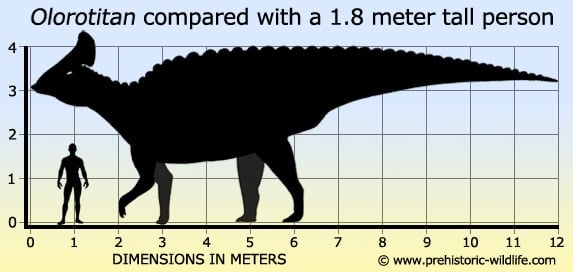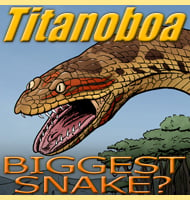In Depth
Hadrosaurs have a long association with North America, but they are known from other areas like Asia where they are usually represented by incomplete remains. Olorotitan however was almost complete and became widespread through palaeontology circles as the most complete lambeosaurine hadrosaurid outside of North America. With eighteen vertebrae Olorotitan is also remarkable for having a very long neck for a hadrosaurid, and it was this neck length that was the inspiration for its name which means ‘giant swan’.
Olorotitan had a distinctive head crest that rose up from the top and back of the skull and points backwards in what has been called a hatchet shape. The crests on lambeosaurine hadrosaurids are thought to have served a similar purpose as the horns and frills of ceratopsian dinosaurs in that they would allow an individual to recognise others of its own species from similar dinosaurs as well as being coloured to reveal the vitality of the individual. However it is also possible that the hollow structure of the crest may have acted as a resonating chamber to affect the sound of its calls. This thinking is based upon the crest being expanded from the nasal bones, and if accurate, it would give Olorotitan an ability similar to what has been proposed for Parasaurolophus.
Olorotitan also seems to have had a very rigid tail as evidenced by the presence of articulations between the neural spines of the caudal vertebrae of the first third portion of the tail (from where the tail joins the body). A theory to explain this is that they were formed as the result of an infection in the individual’s life, but the regularity of their occurrence has cast doubt upon this idea. Further Olorotitan specimens, particularly of the hind quarters and caudal vertebra would likely confirm one theory over the other.
The fact that Olorotitan exists in Asia at a time when other lambeosaurine hadrosaurids seem to have disappeared from North America suggests that the two continents were climatically different to one another, with a Asia having a more suitable habitat for lambeosaurines. A climatic difference could also explain why fossils of sauropods are also known from some areas of Asia long after they disappeared in North America.
Further Reading
– A remarkable hollow-crested hadrosaur from Russia: an Asian origin for lambeosaurines – Comptes Rendus Palevol 2 (2): 143–151 – Pascal Godefroit, YuriBolotsky, & Vladimir Alifanov – 2003.










